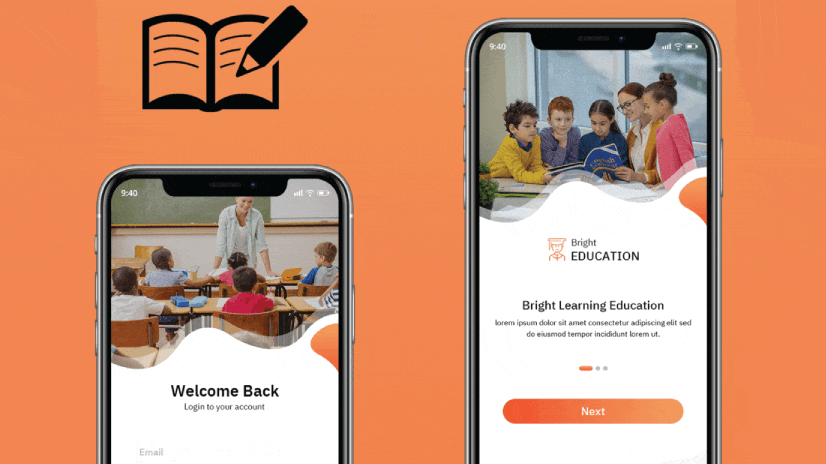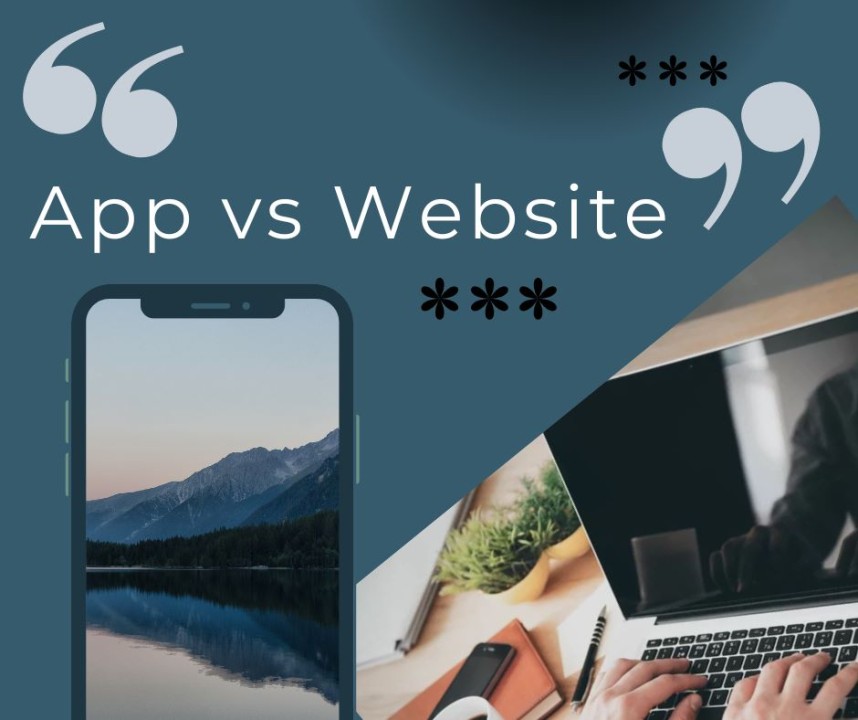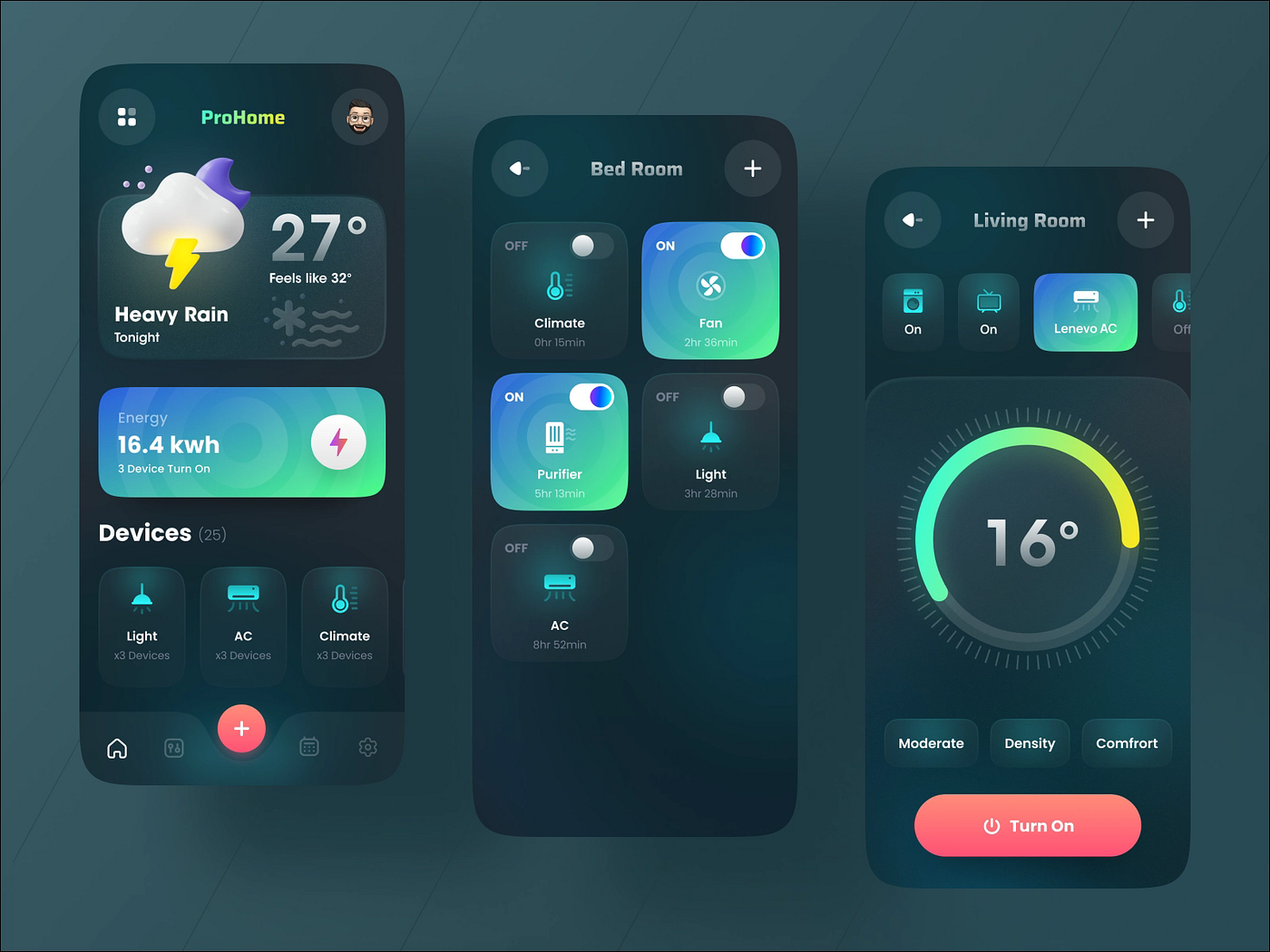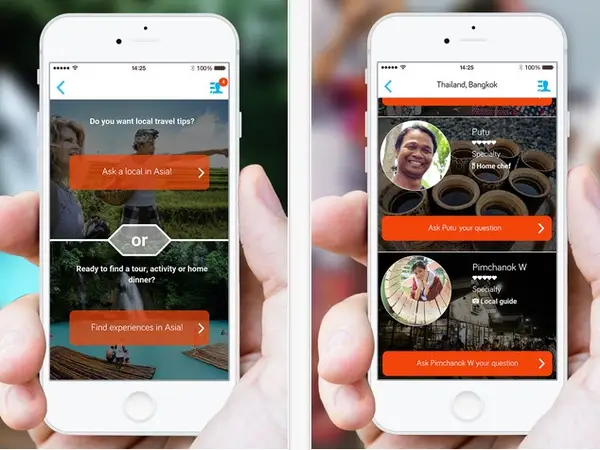Introduction:
In today’s fast-paced world, creativity knows no bounds, and with the advent of mobile app design tools, designers are empowered to unleash their creativity anytime, anywhere. Mobile apps offer a plethora of features and functionalities that cater to the needs of designers, enabling them to ideate, design, and collaborate on projects with ease. This article explores how mobile app design tools empower creativity and revolutionize the way designers work.

Access Anytime, Anywhere:

One of the greatest benefits of mobile app design tools is the ability to access them anytime, anywhere. Whether commuting to work, waiting for a meeting, or relaxing at home, designers can seamlessly tap into their creative potential using their smartphones or tablets. This flexibility allows designers to capture ideas on-the-go and turn inspiration into reality wherever they are.
Intuitive Interface and User Experience:
Mobile app design tools are designed with user experience in mind, offering intuitive interfaces that make it easy for designers to navigate and use the features effectively. With simple gestures and touch controls, designers can effortlessly create stunning designs, manipulate elements, and fine-tune details with precision. The seamless user experience ensures that designers can focus on their creativity without being hindered by complex workflows.
Creative Inspiration at Your Fingertips:
Mobile app design tools often come with built-in features that provide designers with creative inspiration and resources. From libraries of high-quality templates, fonts, and graphics to access to design communities and tutorials, designers have a wealth of resources at their fingertips to fuel their creativity and explore new ideas. With just a few taps, designers can find inspiration, discover new techniques, and elevate their design skills.
Real-Time Collaboration and Feedback:
Collaboration is key to successful design projects, and mobile app design tools facilitate real-time collaboration and feedback among team members. Designers can share their work with colleagues or clients instantly, receive feedback, and make revisions on the fly. Whether through cloud-based storage or collaboration features built into the app, designers can collaborate seamlessly, ensuring that everyone is on the same page and working towards a common goal.
Streamlined Workflow and Productivity:
Mobile app design tools streamline the design workflow and boost productivity by eliminating the need for bulky desktop software and enabling designers to work efficiently on-the-go. With features such as layer management, grid systems, and multi-device previews, designers can streamline their workflow, iterate quickly, and deliver high-quality designs in record time. The ability to work anytime, anywhere also enhances productivity by allowing designers to make the most of their creative energy whenever inspiration strikes.
Integration with Cloud Services:
Many mobile app design tools seamlessly integrate with cloud services, allowing designers to sync their work across devices and collaborate with team members in real-time. This integration ensures that designers have access to their projects wherever they go and can pick up right where they left off, enhancing continuity and productivity.

Quick Prototyping and Testing:
Mobile app design tools often come equipped with prototyping and testing features that enable designers to quickly create interactive prototypes and test them on actual devices. This allows designers to validate their design concepts, gather feedback from stakeholders, and iterate on their designs rapidly, reducing time-to-market and improving overall design quality.
Accessibility and Inclusivity:
Mobile app design tools prioritize accessibility and inclusivity, providing designers with features that enable them to create designs that are usable and accessible to all users. With tools for testing color contrast, font size, and screen reader compatibility, designers can ensure that their designs meet accessibility standards and accommodate users with diverse needs and preferences.
Customization and Personalization:
Mobile app design tools offer extensive customization options, allowing designers to tailor their workspace, tools, and preferences to suit their individual workflows and preferences. From customizable toolbars and shortcuts to themes and color schemes, designers can create a personalized working environment that enhances their productivity and creativity.
Continuous Updates and Improvements:
Mobile app design tools are constantly evolving, with developers releasing regular updates and improvements to enhance functionality, performance, and user experience. By staying up-to-date with the latest updates, designers can take advantage of new features, bug fixes, and improvements that enhance their workflow and productivity, ensuring that they have access to the best tools and resources available.
Offline Capabilities:
Some mobile app design tools offer offline capabilities, allowing designers to continue working on their projects even when they’re not connected to the internet. This feature is particularly useful for designers who travel frequently or work in areas with limited connectivity, ensuring that they can stay productive no matter where they are.

Community Support and Resources:
Many mobile app design tools have thriving online communities where designers can connect with peers, share knowledge, and seek advice and support. These communities often provide valuable resources such as tutorials, forums, and user-generated content, empowering designers to learn new skills, troubleshoot problems, and stay inspired.
Cost-Effectiveness:
Compared to traditional desktop software, many mobile app design tools are more cost-effective, offering affordable pricing plans and subscription options that cater to different budgets and needs. This accessibility makes it easier for designers, especially freelancers and small businesses, to access professional-grade design tools without breaking the bank.
Cross-Platform Compatibility:
Mobile app design tools are often designed to be cross-platform compatible, meaning they can run on multiple operating systems such as iOS, Android, and Windows. This flexibility allows designers to work seamlessly across different devices and platforms, ensuring that they can access their projects and collaborate with others regardless of their preferred device or operating system.
Environmental Sustainability:
By enabling designers to work digitally and reducing the need for paper-based workflows, mobile app design tools contribute to environmental sustainability and reduce carbon footprint. This eco-friendly approach aligns with modern values of sustainability and corporate social responsibility, making mobile app design tools an attractive choice for environmentally conscious designers and businesses.
Scalability and Flexibility:
Mobile app design tools offer scalability and flexibility, allowing designers to scale their workflows up or down according to project requirements and business needs. Whether working on small personal projects or large-scale enterprise initiatives, designers can adapt their tools and resources to accommodate changing demands and ensure optimal efficiency and productivity.
Global Accessibility:
With the widespread adoption of smartphones and tablets, mobile app design tools are accessible to designers all over the world, regardless of their location or geographic constraints. This global accessibility democratizes access to design tools and resources, empowering designers from diverse backgrounds and regions to participate in the global design community and showcase their talent on a global stage.
Innovation and Creativity:
Mobile app design tools drive innovation and creativity by providing designers with cutting-edge features, technologies, and functionalities that enable them to push the boundaries of design and explore new possibilities. From advanced drawing tools and 3D modeling capabilities to augmented reality and virtual reality integration, mobile app design tools empower designers to innovate and create groundbreaking designs that captivate and inspire audiences.
Job Opportunities and Career Growth:
Proficiency in mobile app design tools opens up job opportunities and career growth prospects for designers, as businesses and organizations increasingly prioritize digital transformation and invest in design-led initiatives. Designers with expertise in mobile app design tools are in high demand across various industries, including technology, media, marketing, and entertainment, offering ample opportunities for career advancement and professional development.
Future-proofing Skills:
Designers position themselves for long-term success in the always changing design business by mastering mobile app design technologies and remaining current with trends and breakthroughs in the sector. The skills, knowledge, and resources provided by mobile app design tools enable designers to prosper in the digital age and maintain their competitive edge in the global market. This puts them in a strong position to take on new challenges and opportunities in the dynamic and quickly changing field of design.
Conclusion:
Mobile app design tools have revolutionized the way designers work, empowering them to unleash their creativity and bring their ideas to life anytime, anywhere. With intuitive interfaces, access to creative resources, real-time collaboration features, and streamlined workflows, mobile app design tools have become indispensable tools for designers looking to push the boundaries of creativity and innovation. By embracing mobile technology, designers can unlock new possibilities, elevate their craft, and make their mark in the world of design.
- All Posts
- Uncategorized

Dr. Daniel Davidson, MD, MBA Introduction: The goal of success for businesses nowadays is to establish a global brand because…

Dr. Daniel Davidson, MD, MBA Introduction: Stem cells have captivated the imagination of scientists and the public alike for their…

Dr. Daniel Davidson, MD, MBA Introduction: Platelet-rich plasma (PRP), fat grafting, and dermal fillers made from natural sources are examples…
